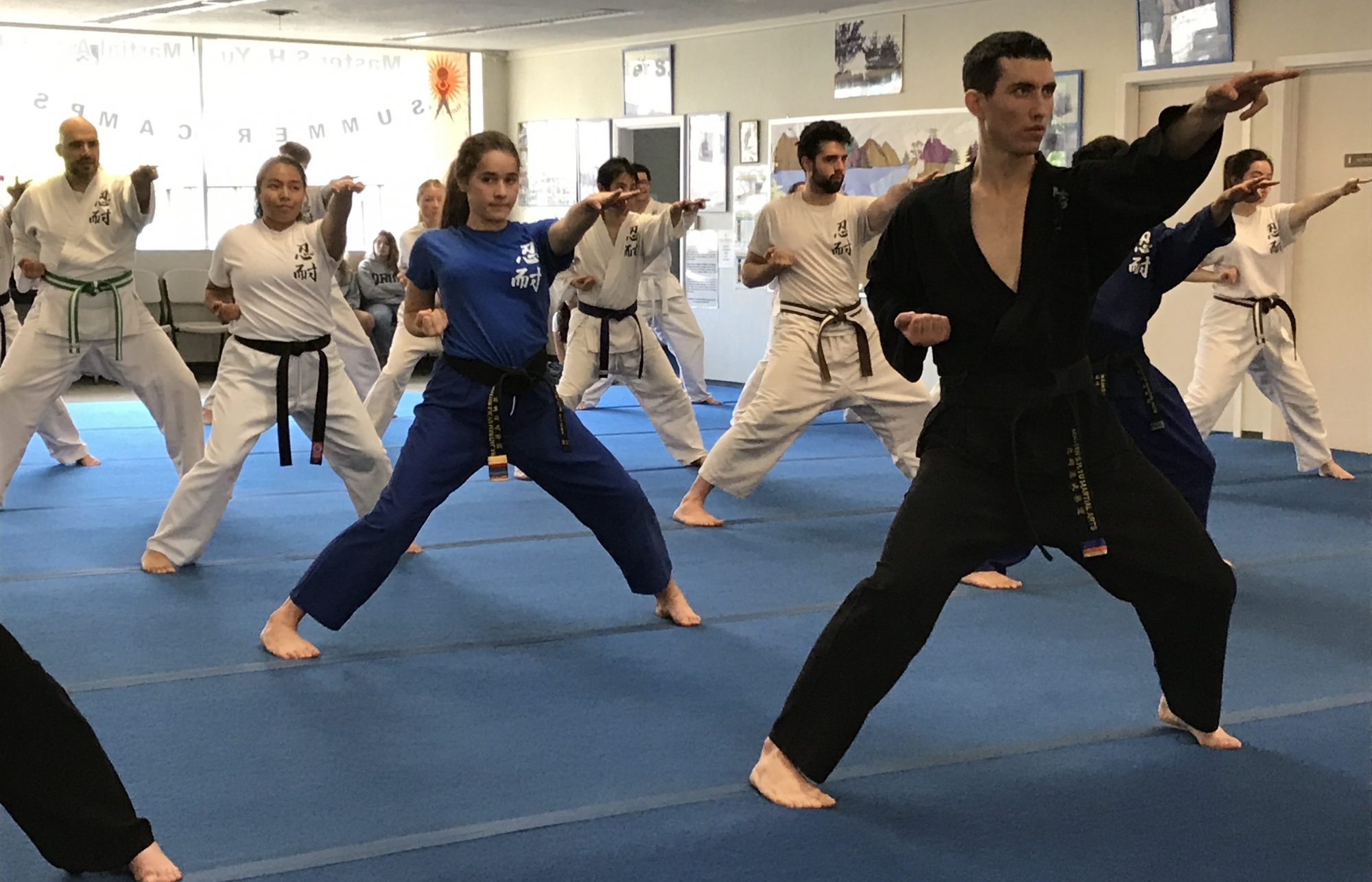
Martial arts have fascinated people for centuries, blending physical skill with mental discipline. But what makes these ancient practices so captivating? Martial arts aren't just about fighting; they teach respect, focus, and self-control. From the swift kicks of Taekwondo to the graceful movements of Tai Chi, each style offers unique benefits. Did you know that martial arts can improve cardiovascular health, flexibility, and even mental well-being? Whether you're a seasoned practitioner or a curious beginner, there's always something new to learn. Ready to dive into some intriguing facts about martial arts? Let's get started!
The Origins of Martial Arts
Martial arts have a rich history spanning thousands of years. Let's dive into some fascinating facts about their origins.
- Martial arts date back over 4,000 years, with evidence of their practice found in ancient China, Egypt, and Greece.
- The term "martial arts" comes from Mars, the Roman god of war, highlighting their connection to combat and self-defense.
- Kung Fu, one of the oldest martial arts, originated in China around 527 AD, influenced by Indian monk Bodhidharma's teachings.
- Japan's Samurai warriors developed Jujutsu in the 17th century, focusing on grappling and throwing techniques.
- Taekwondo, a Korean martial art, evolved from traditional Korean fighting styles and was officially named in 1955.
Different Styles and Techniques
Martial arts encompass a wide variety of styles, each with unique techniques and philosophies.
- Karate, originating in Okinawa, Japan, emphasizes striking techniques using punches, kicks, and knee strikes.
- Brazilian Jiu-Jitsu focuses on ground fighting and submission holds, making it effective for smaller practitioners.
- Muay Thai, known as the "Art of Eight Limbs," uses punches, kicks, elbows, and knees for a comprehensive striking system.
- Aikido, developed in Japan, emphasizes using an opponent's energy against them through joint locks and throws.
- Capoeira, a Brazilian martial art, combines elements of dance, acrobatics, and music, making it both a physical and cultural practice.
Martial Arts in Popular Culture
Martial arts have significantly influenced movies, television, and other forms of entertainment.
- Bruce Lee, a legendary martial artist, popularized martial arts in the West through his films in the 1960s and 1970s.
- The Karate Kid, a 1984 film, inspired many to take up martial arts, showcasing the discipline and philosophy behind Karate.
- Mixed Martial Arts (MMA) gained mainstream popularity with the founding of the Ultimate Fighting Championship (UFC) in 1993.
- Jackie Chan, known for his acrobatic fighting style and comedic timing, brought martial arts to a global audience.
- Video games like Street Fighter and Mortal Kombat have introduced martial arts to younger generations, blending fantasy with real techniques.
Health Benefits of Practicing Martial Arts
Beyond self-defense, martial arts offer numerous physical and mental health benefits.
- Regular practice improves cardiovascular health, increasing stamina and endurance.
- Martial arts training enhances flexibility, balance, and coordination through various movements and techniques.
- Practitioners often experience reduced stress levels, as martial arts provide a healthy outlet for releasing tension.
- Self-discipline and focus are cultivated, benefiting other areas of life such as academics and work.
- Martial arts can boost self-confidence and self-esteem, as individuals achieve personal goals and milestones.
Martial Arts Around the World
Martial arts are practiced globally, with each culture contributing unique styles and traditions.
- Krav Maga, developed by the Israeli military, focuses on real-world self-defense scenarios and quick, efficient techniques.
- Sambo, a Russian martial art, combines judo and wrestling, emphasizing throws and ground control.
- Silat, originating in Southeast Asia, incorporates strikes, joint manipulation, and weaponry, reflecting the region's diverse cultures.
- Savate, a French martial art, uses kicks and punches, originally developed by sailors for self-defense.
- Eskrima, from the Philippines, emphasizes stick fighting and bladed weapons, showcasing the country's martial heritage.
Martial Arts: A World of Intrigue
Martial arts offer a rich tapestry of history, culture, and physical prowess. From karate's disciplined strikes to Brazilian jiu-jitsu's ground techniques, each style brings something unique. Bruce Lee's influence on martial arts cinema can't be overstated, inspiring countless practitioners. Mixed Martial Arts (MMA) has skyrocketed in popularity, blending techniques from various disciplines. Taekwondo's high-flying kicks and Judo's throws showcase the diversity within martial arts. Beyond physical skills, martial arts teach respect, discipline, and mental fortitude. Whether you're drawn to the spiritual aspects of Aikido or the competitive nature of Muay Thai, there's a style for everyone. Martial arts continue to evolve, adapting to modern needs while preserving ancient traditions. Dive into this fascinating world and discover the benefits for yourself.
Was this page helpful?
Our commitment to delivering trustworthy and engaging content is at the heart of what we do. Each fact on our site is contributed by real users like you, bringing a wealth of diverse insights and information. To ensure the highest standards of accuracy and reliability, our dedicated editors meticulously review each submission. This process guarantees that the facts we share are not only fascinating but also credible. Trust in our commitment to quality and authenticity as you explore and learn with us.


